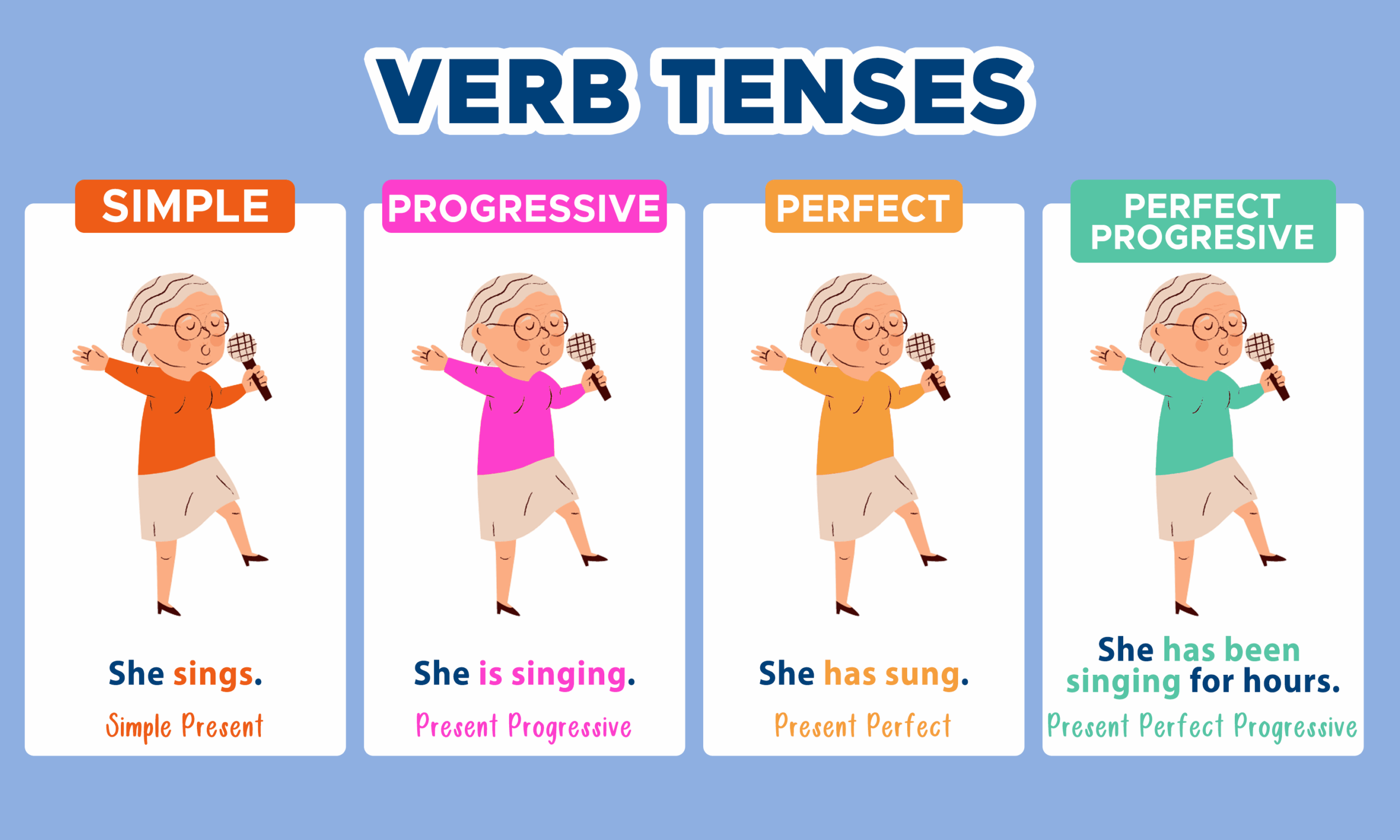Verb tenses are an essential part of grammar that indicate the time at which an action takes place. Complete verb tenses refer to the different forms of verbs that show when an action occurred, is occurring, or will occur. Understanding complete verb tenses is crucial for effective communication in any language.
Mastering complete verb tenses allows you to express yourself accurately and clearly in both spoken and written communication. By using the appropriate tense, you can convey the exact timing of an action or event, providing context and clarity to your message. Let’s delve deeper into the world of complete verb tenses.
Complete Verb Tenses
There are several types of complete verb tenses, including simple present, simple past, simple future, present continuous, past continuous, future continuous, present perfect, past perfect, future perfect, present perfect continuous, past perfect continuous, and future perfect continuous. Each tense serves a specific purpose and helps to convey different nuances of time and action.
The simple present tense is used to talk about habitual actions or general truths. For example, “She reads books every day.” The simple past tense is used to describe actions that have already happened. For instance, “He visited his grandparents last weekend.” The simple future tense is used to talk about actions that will happen in the future, such as “They will travel to Europe next summer.”
The present continuous tense is used to describe actions that are happening at the moment of speaking. For example, “I am reading a book right now.” The past continuous tense is used to talk about actions that were in progress at a specific point in the past, like “She was studying when the phone rang.” The future continuous tense is used to describe actions that will be in progress at a specific time in the future, such as “They will be playing tennis at 3 o’clock.”
The present perfect tense is used to talk about actions that were completed in the past but have relevance to the present. For instance, “I have finished my homework.” The past perfect tense is used to describe actions that were completed before another past action, like “She had already left when I arrived.” The future perfect tense is used to talk about actions that will be completed by a certain time in the future, such as “They will have completed the project by next Friday.”
Lastly, the present perfect continuous tense is used to describe actions that started in the past and are still ongoing in the present, like “She has been working on the report for hours.” The past perfect continuous tense is used to talk about actions that were ongoing until a specified point in the past, such as “They had been waiting for over an hour when the bus finally arrived.” The future perfect continuous tense is used to describe actions that will be ongoing until a specified point in the future, like “By this time next year, I will have been studying for my exams for months.”
By mastering complete verb tenses, you can enhance your language skills and effectively communicate your thoughts and ideas. Practice using different tenses in various contexts to improve your understanding and fluency. Remember that using the correct verb tense is crucial for conveying accurate information and creating a coherent narrative. So, keep practicing and honing your skills to become a proficient user of complete verb tenses.
